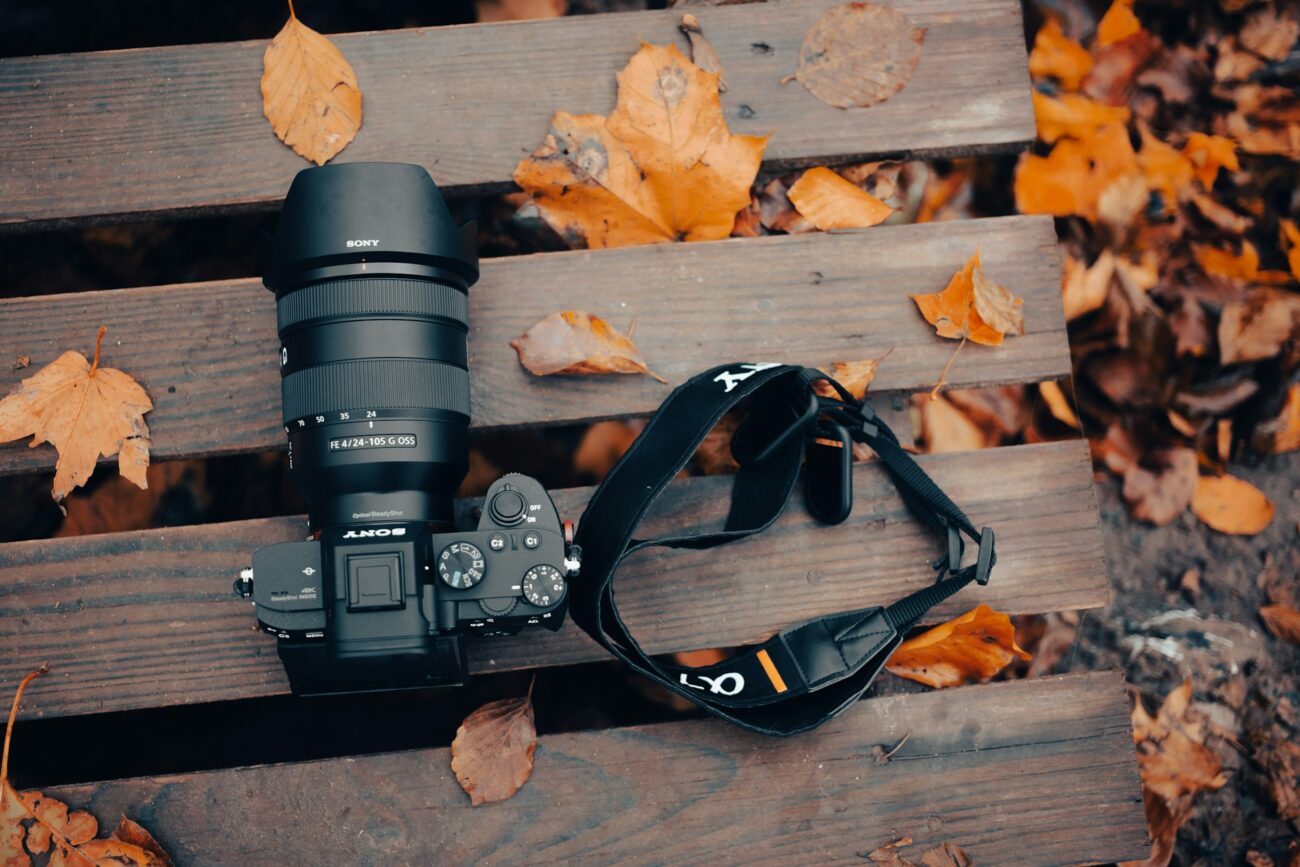Outdoor photography presents an exhilarating opportunity to capture the breathtaking beauty of nature in all its splendor. However, simply pointing your camera at a beautiful landscape doesn’t guarantee a stunning photograph. The difference between an ordinary snapshot and a captivating image often lies in thoughtful composition—the deliberate arrangement of elements within your frame. Whether you’re shooting majestic mountain ranges, serene seascapes, or intimate forest scenes, mastering composition techniques can dramatically elevate your outdoor photography. This article explores twelve powerful composition strategies that will help transform your nature photography from mundane to magnificent, giving your images the visual impact and emotional resonance that truly make them stand out.
1. The Rule of Thirds: Nature’s Perfect Balance
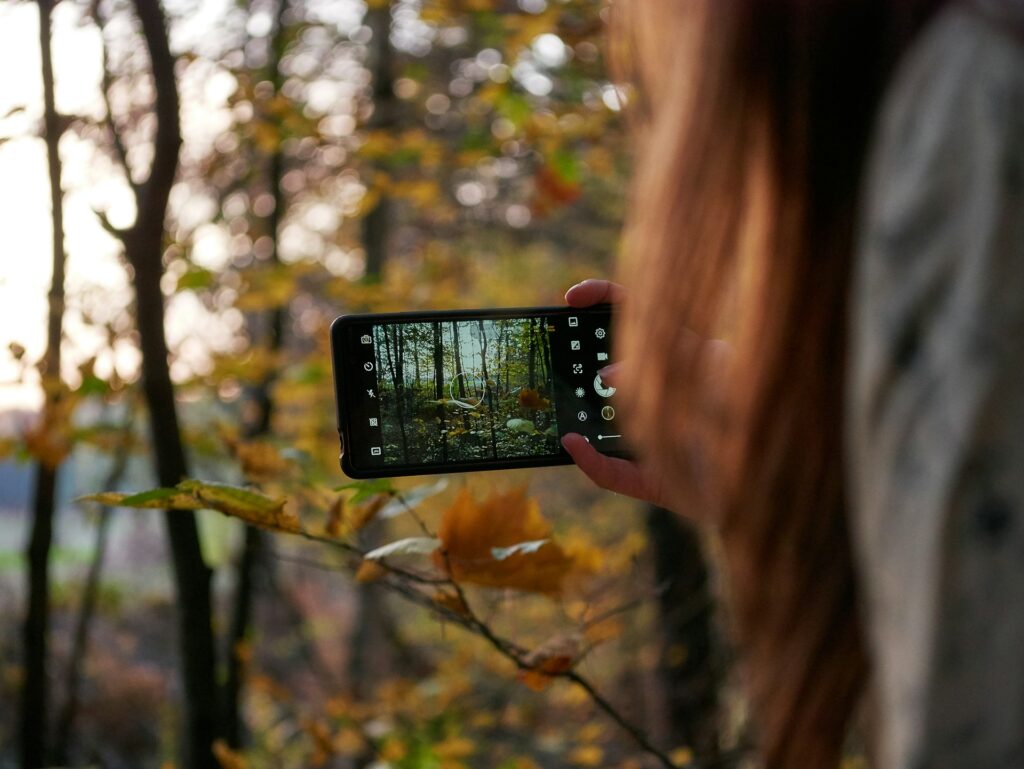
The rule of thirds remains one of photography’s most fundamental composition techniques, particularly effective in outdoor settings. Imagine dividing your frame into a grid of nine equal parts using two horizontal and two vertical lines, then position key elements along these lines or at their intersections. In landscape photography, try placing the horizon along either the upper or lower horizontal line rather than directly in the center—aligning it with the bottom third emphasizes a dramatic sky, while positioning it along the top third highlights an interesting foreground. When photographing natural elements like solitary trees or rock formations, position them at intersection points to create visual tension and interest. This simple yet powerful technique immediately creates more dynamic compositions that naturally draw the viewer’s eye through the frame in a pleasing, balanced manner.
2. Leading Lines: Guiding the Viewer’s Eye
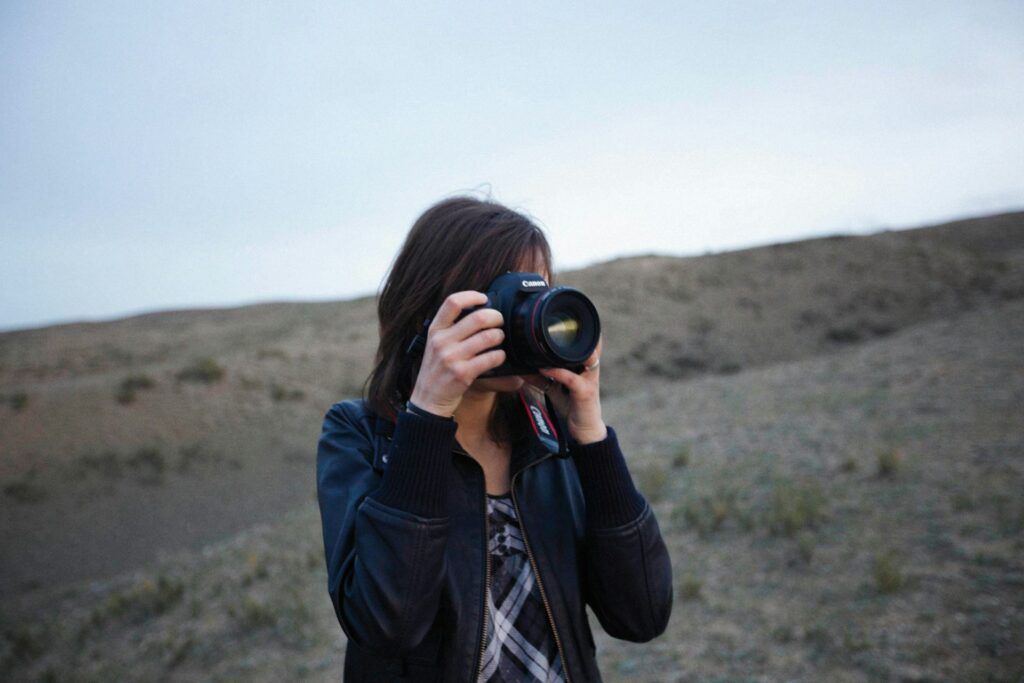
Leading lines create natural pathways that guide the viewer’s gaze through your image toward your main subject. Nature abounds with these linear elements—winding rivers, hiking trails, fallen logs, shorelines, or rows of trees can all serve as powerful compositional tools. When incorporating leading lines, position yourself to capture these elements so they begin near the frame’s edge and direct attention toward your focal point. Curved or S-shaped lines often create more dynamic interest than straight ones, adding a sense of journey and discovery to your photographs. For maximum impact, try shooting from a low angle to emphasize the perspective of paths or streams, or look for converging lines like forest paths that create a sense of depth. Remember that leading lines don’t always need to be obvious—subtle patterns in rock formations or the gentle curve of a mountain ridge can work just as effectively.
3. Framing Within the Frame: Natural Borders
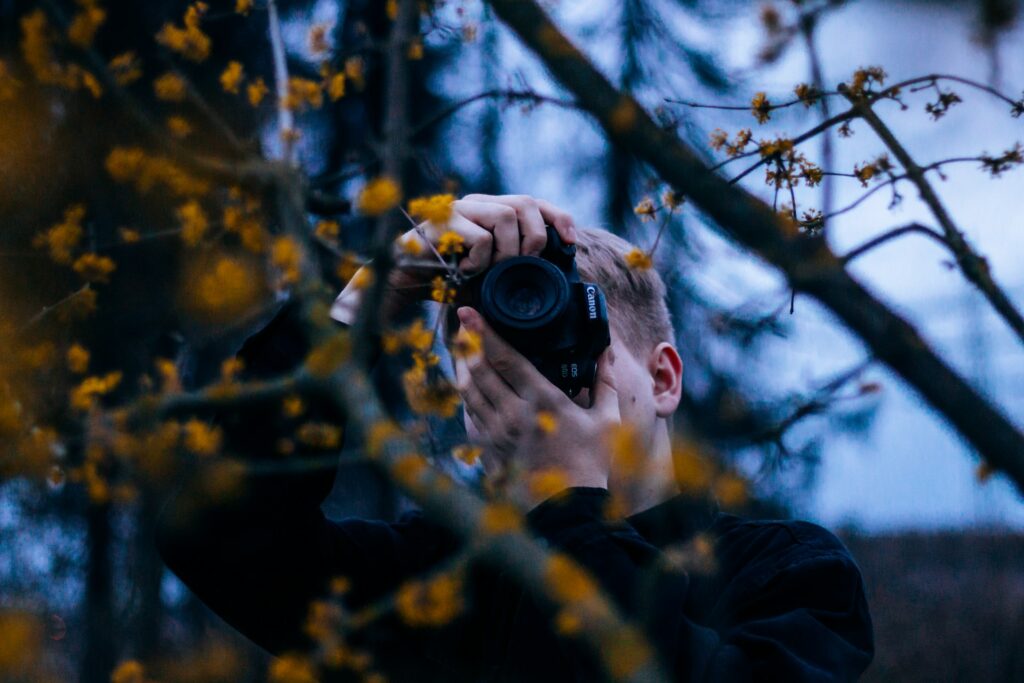
Natural framing adds depth and context to outdoor photography by using elements in the environment to create a frame around your main subject. Look for overhanging tree branches, rock arches, cave openings, or doorways that can encircle your focal point, creating a picture within a picture. This technique not only draws attention to your subject but also adds layers and dimension to your composition. When using natural frames, pay attention to the balance between your framing elements and the subject—the frame should enhance rather than overwhelm the main point of interest. Experiment with different exposure techniques; sometimes silhouetting your framing elements creates dramatic contrast, especially when your subject is well-lit. Natural frames also provide excellent context, helping viewers understand the environment and creating a stronger sense of place in your photographs.
4. Foreground Interest: Adding Depth and Scale
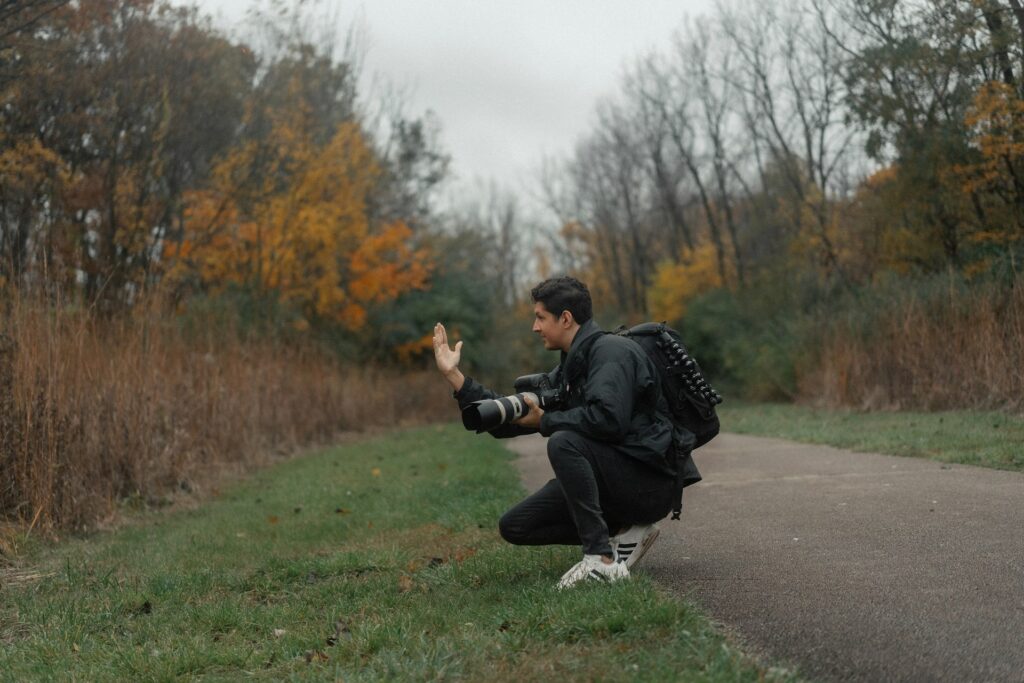
Including compelling foreground elements transforms flat, two-dimensional landscapes into immersive, three-dimensional experiences with remarkable depth. Search for interesting rocks, wildflowers, driftwood, or textured ground that can anchor your composition in the foreground while still allowing the eye to travel to middle-ground and background elements. The most effective foreground elements have visual interest of their own through color, texture, or shape, yet complement rather than compete with your main subject. Using a wide-angle lens with careful positioning allows you to emphasize foreground elements while still capturing the broader scene. This technique not only creates a sense of depth but also provides scale, helping viewers comprehend the vastness of grand landscapes or the intimate details of smaller natural settings. For maximum impact, try getting extremely close to your foreground element while maintaining focus throughout the scene using a small aperture (high f-number).
5. The Golden Hour: Harnessing Magical Light
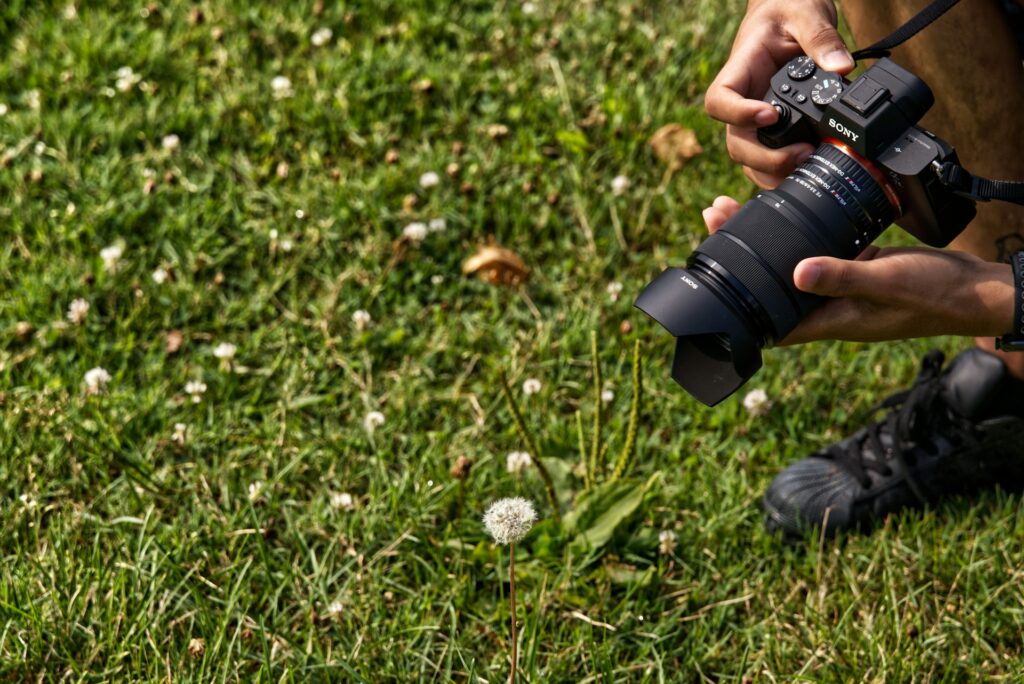
While not a composition technique in the strictest sense, understanding and utilizing the quality of light during golden hour fundamentally transforms how you compose outdoor photographs. The hour after sunrise and before sunset bathes landscapes in warm, directional light that creates long shadows, highlights textures, and adds dimension that simply isn’t present during midday lighting. During golden hour, position yourself to take advantage of side-lighting, which reveals the contours and textures of landscapes through the interplay of light and shadow. Look for opportunities to capture sunbursts by partially obscuring the sun behind trees or mountains, adding a dramatic focal point to your composition. The warm color temperature during these periods adds emotional resonance to scenes, evoking feelings of tranquility or wonder that connect viewers to your images. Remember that during golden hour, the light changes rapidly, so pre-visualize your compositions in advance and be prepared to work quickly as conditions evolve.
6. Negative Space: The Power of Simplicity
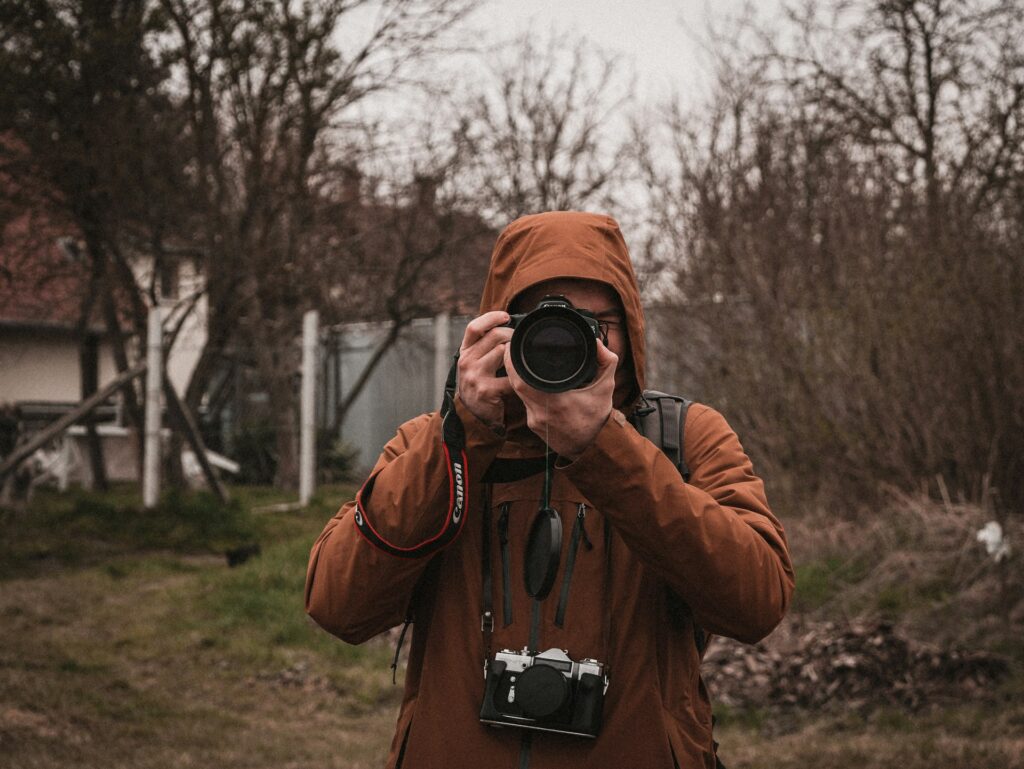
Negative space—the empty or unoccupied areas surrounding your subject—can dramatically strengthen outdoor compositions through deliberate simplification. In nature photography, expansive skies, calm water surfaces, or minimalist snow scenes can serve as powerful negative space that isolates and emphasizes your main subject. This technique creates visual breathing room that allows the viewer’s eye to rest and appreciate the primary focal point without distraction. When incorporating negative space, pay careful attention to the balance between empty areas and your subject—too much negative space can make your subject seem insignificant, while too little defeats the purpose of this minimalist approach. The shape and quality of negative space matters; look for clean, uncluttered backgrounds that contrast with your subject in terms of color, texture, or brightness. This approach works particularly well for creating contemplative, emotional images that convey the serenity and vastness often found in natural settings.
7. Reflections: Doubling Visual Impact
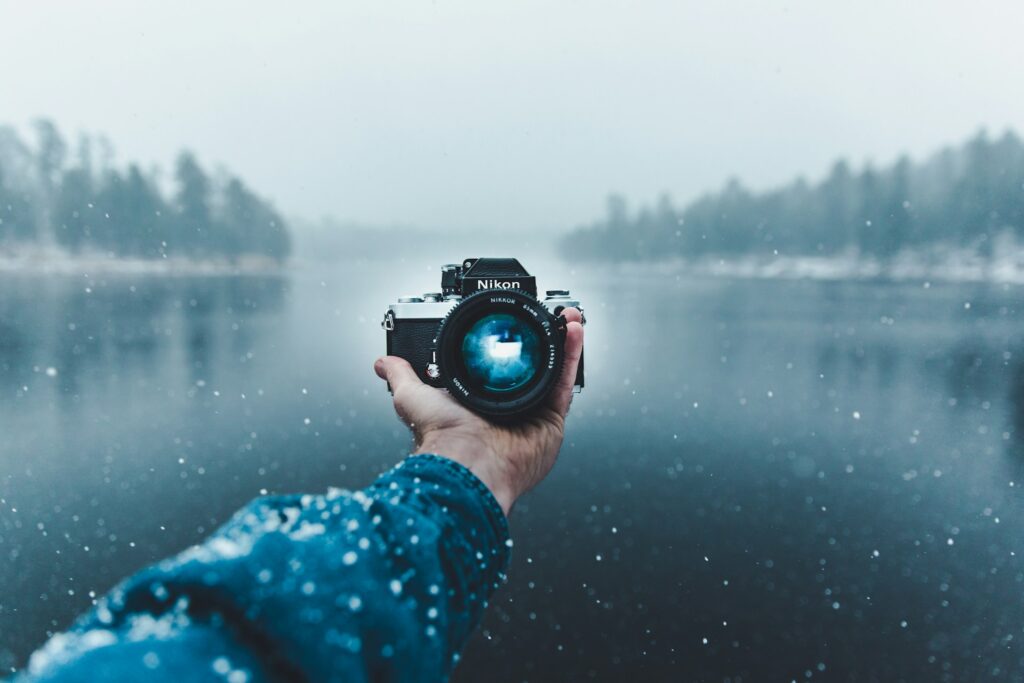
Water reflections offer extraordinary opportunities to create symmetrical compositions that immediately captivate viewers through their mirror-like qualities. Lakes, ponds, puddles, and even wet sand can provide perfect reflecting surfaces for mountains, trees, or colorful skies. When composing with reflections, consider whether to include equal portions of both the subject and its reflection, or to emphasize one over the other—including more reflection than subject often creates unexpected and dreamlike compositions. The quality of reflections varies greatly with water conditions; perfectly still water creates mirror-like reflections, while slight ripples create more abstract, painterly interpretations of your subject. Early morning typically offers the calmest water conditions along with beautiful light, making dawn an ideal time for reflection photography. Remember that reflections are often slightly darker than the original subject, so you might need to adjust your exposure accordingly or use graduated neutral density filters to balance the scene.
8. Patterns and Textures: Finding Order in Nature
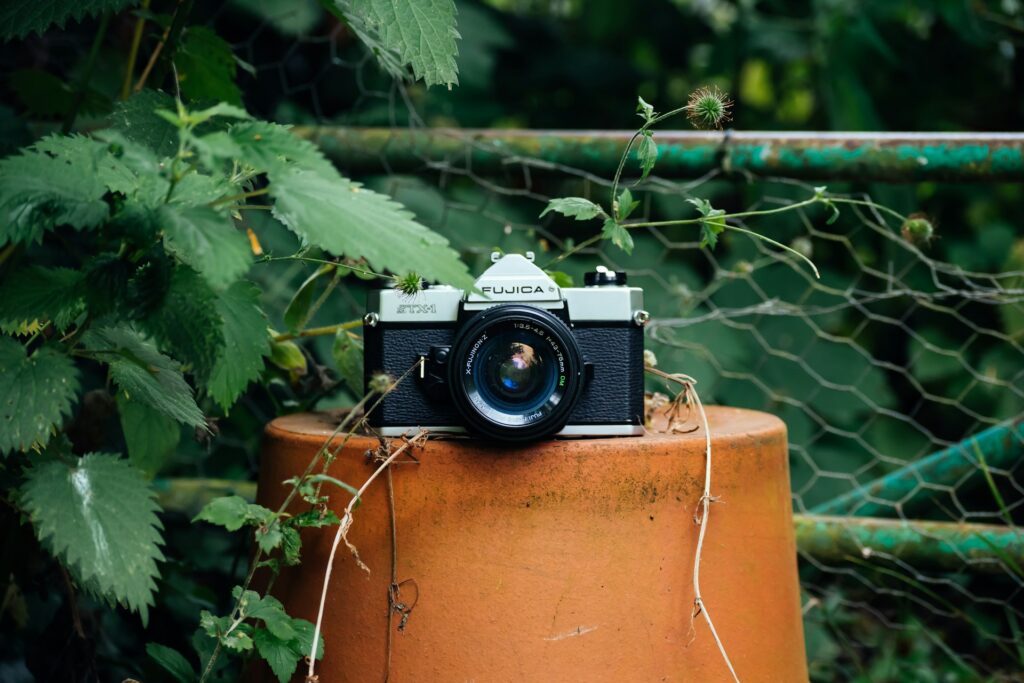
Nature abounds with fascinating patterns and textures that make compelling photographic subjects when properly composed. From the symmetrical arrangements of petals in a flower to the repetitive patterns of waves on a beach or the intricate textures of tree bark, identifying and isolating these elements creates visually striking images. When photographing patterns, decide whether to show the entire pattern or to zoom in on a portion to create a more abstract composition that emphasizes the repetition of shapes and forms. Look for instances where the pattern is interrupted—a single red leaf among yellow ones or a break in a line of trees—as these disruptions often create focal points that strengthen the overall composition. Side lighting is particularly effective for highlighting textures, as the raking light creates shadows that emphasize the three-dimensional qualities of rough surfaces. Consider using a macro lens to reveal intricate natural patterns invisible to the naked eye, opening up entirely new worlds of composition possibilities.
9. Layering: Creating Visual Hierarchy
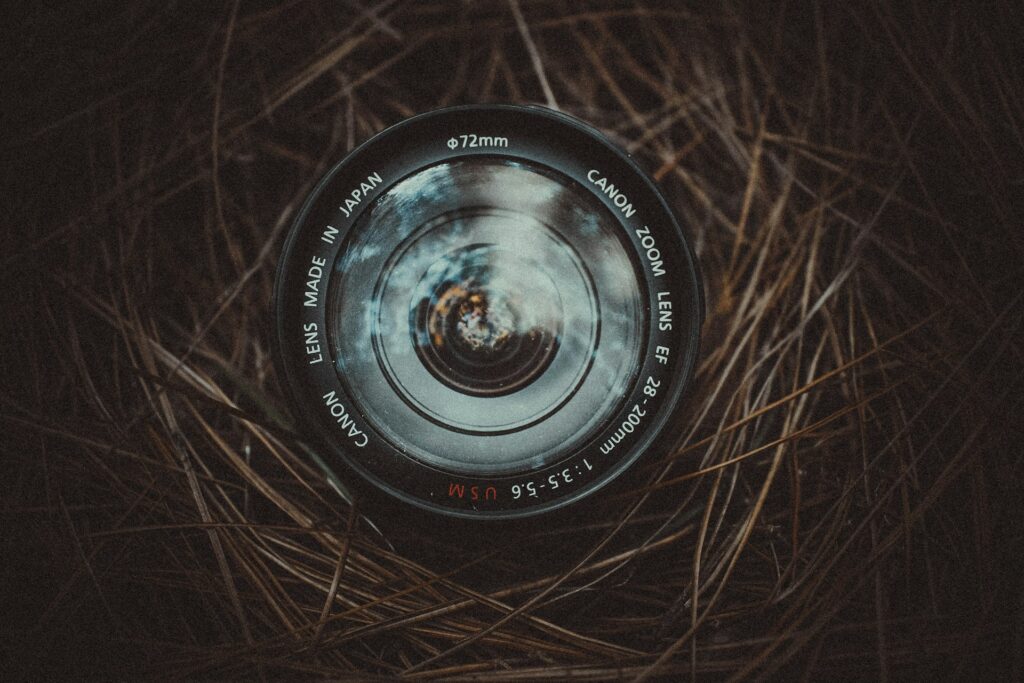
Layering involves composing your image with distinct planes of visual information that create depth and guide the viewer through the scene. In outdoor photography, these layers might consist of an interesting foreground, a middle-ground subject, and a background element like mountains or sky. The most effective layered compositions maintain clear separation between these planes, often achieved through contrast in lighting, color, or focus. When creating layered compositions, position yourself to ensure each layer contributes something meaningful to the image while maintaining a clear visual hierarchy that prevents elements from merging or competing. Foggy or misty conditions naturally enhance layering by creating atmospheric perspective, where distant layers appear progressively lighter and lower in contrast. Telephoto lenses excel at compressing layers into a flatter plane, creating striking compositions where distinct elements appear stacked together despite being physically distant from each other. For maximum impact, ensure each layer has its own visual interest while still contributing to the cohesive whole.
10. The Rule of Odds: Visual Harmony in Numbers

The rule of odds suggests that compositions with an odd number of subjects (three, five, seven) create more visual interest and harmony than even-numbered groupings. In nature photography, this principle applies when capturing groups of trees, rocks, birds, or other repeated elements. Odd numbers create asymmetry that feels more dynamic and natural to the human eye, preventing the too-perfect balance that can make images feel static or artificial. When photographing multiple similar elements, arrange your composition to create visual groupings of odd numbers, even within larger collections. Pay attention to the spacing between elements—irregular spacing often feels more natural than perfectly even distribution. This principle works particularly well when combined with other composition techniques like the rule of thirds, where you might position three main elements along intersection points. Remember that the rule of odds works best when the elements are similar enough to be visually related but have sufficient individual character to maintain interest.
11. Color Theory: Emotional Impact Through Complementary Hues
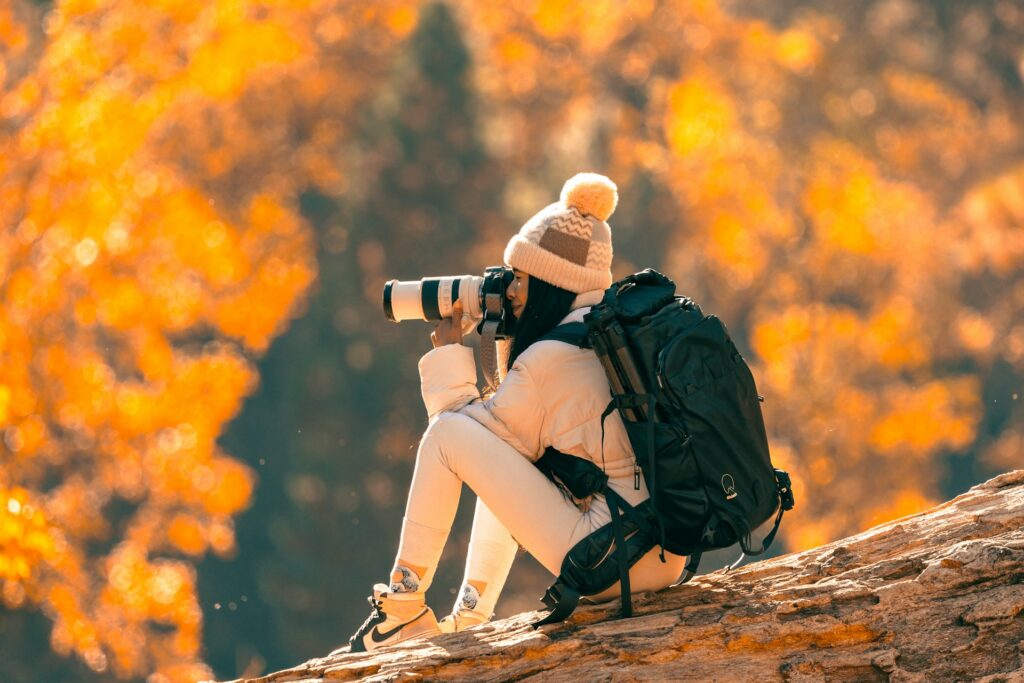
Understanding color relationships allows photographers to create outdoor images with extraordinary visual impact and emotional resonance. Complementary colors—those opposite each other on the color wheel, such as blue and yellow or green and magenta—create vibrant tension when placed together in a composition. Look for these natural color combinations in landscapes, such as yellow wildflowers against a blue sky or the orange glow of sunset against deepening blue shadows. Beyond complementary pairs, consider analogous color schemes (colors adjacent on the color wheel) for more harmonious, peaceful compositions, often found in scenes like autumn forests with their progression of yellows, oranges, and reds. When composing with color, be mindful of how different hues affect mood—cool blues and greens typically evoke calm and tranquility, while warm reds and yellows create energy and excitement. Color saturation can be controlled through your choice of lighting conditions; overcast days produce more subtle, muted colors ideal for intimate forest scenes, while golden hour light intensifies warm tones perfect for grand landscapes.
12. Scale and Perspective: Adding Human Elements

Including human elements or familiar objects in vast natural landscapes provides crucial scale reference that helps viewers comprehend the true grandeur of a scene. A small figure standing before massive mountains or ancient trees instantly communicates the impressive scale in a way that would be difficult to perceive otherwise. When incorporating people for scale, position them thoughtfully within your composition—often near intersection points from the rule of thirds—and consider having them wear colors that stand out against the natural background. Beyond providing scale, human elements add emotional connection and storytelling aspects to landscapes, transforming them from mere pretty scenes into narratives about human experience within nature. This technique works particularly well in extreme landscapes like vast deserts, towering cliffs, or massive waterfalls where the scale might otherwise be difficult to appreciate. Remember that the human element doesn’t need to dominate the frame; even a small, distant figure can dramatically transform the viewer’s perception of scale while maintaining the landscape as the primary subject.
Conclusion
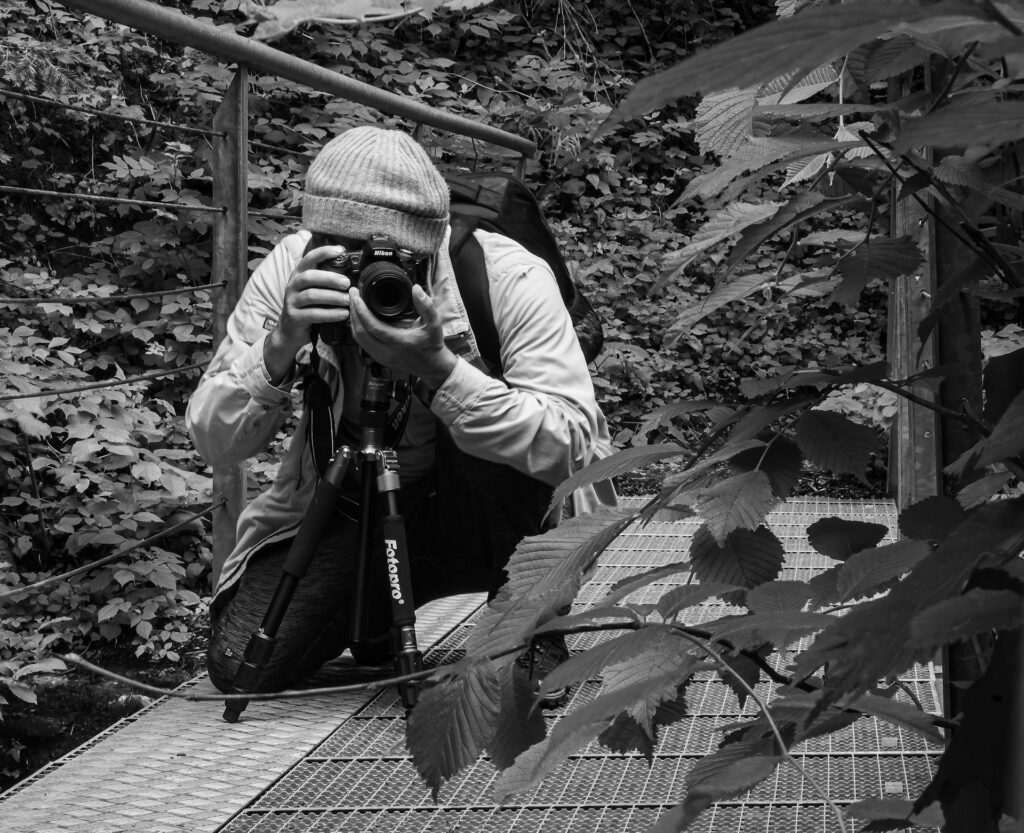
Mastering these twelve composition techniques will significantly elevate your outdoor photography, helping you create images that not only document beautiful locations but tell compelling visual stories that resonate with viewers. Remember that while these principles provide valuable guidance, they should be viewed as starting points rather than rigid rules. The most impactful outdoor photographs often come from understanding these foundations and then knowing when to thoughtfully break from convention. As you practice these techniques, you’ll develop an intuitive sense of composition that becomes second nature, allowing you to respond creatively to the ever-changing conditions of the natural world. With time and deliberate practice, your outdoor photographs will evolve from simple snapshots into expressive art that captures not just the appearance of landscapes, but their essence and emotional impact as well.

